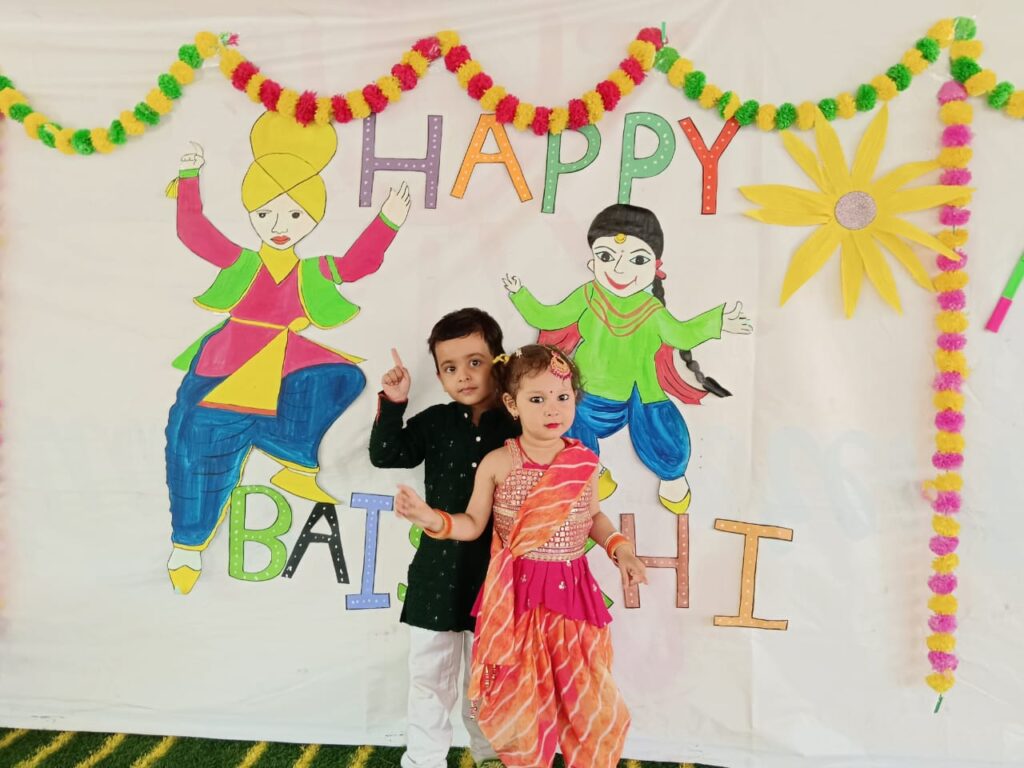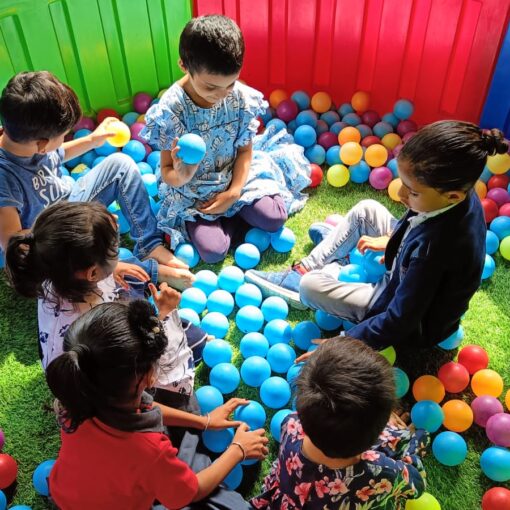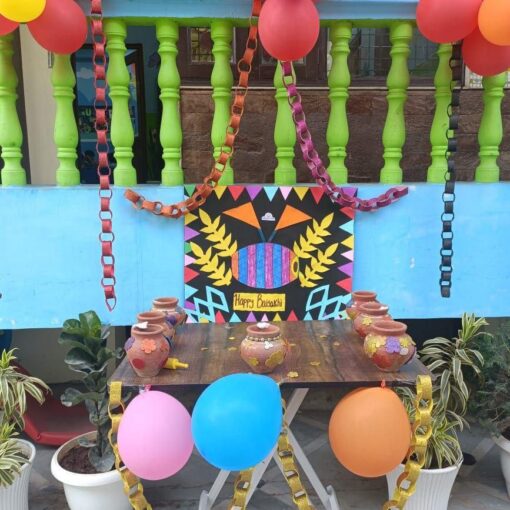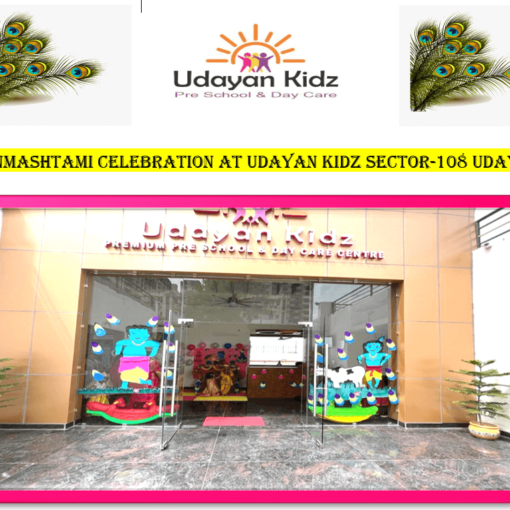
Baisakhi, a Joyous Cultural Celebration in Pre-primary Schools
Baisakhi, also known as Vaisakhi, holds profound significance in the vibrant tapestry of Indian culture. Celebrated primarily in the Punjabi community, this festival marks the Sikh New Year and the onset of the harvest season. In pre-primary schools, embracing Baisakhi serves multifaceted purposes, enriching children’s lives with cultural awareness, social integration, and educational development.
Baisakhi Celebration in Preschool
1. Fostering Cultural Awareness
Introducing young learners to the rich cultural heritage of India, Baisakhi serves as a delightful gateway. By immersing children in the festivities of Baisakhi, educators aim to instill respect and appreciation for diverse cultural traditions from an early age.
2. Promoting Social Integration
Baisakhi celebrations transcend cultural boundaries, fostering unity and harmony among children from varied backgrounds. Through inclusive festivities, pre-primary schools nurture a sense of belonging and acceptance within the school community.
3. Enhancing Language and Literacy
Immersing children in Punjabi vocabulary and Baisakhi-themed literature enriches language skills and promotes literacy development. Engaging activities centered around Baisakhi-themed books, poems, and rhymes ignite a love for learning and language exploration.
4. Encouraging Creative Expression
Art and craft activities inspired by Baisakhi motifs unleash children’s creativity and self-expression. From crafting vibrant flower garlands to emulating energetic Bhangra dancers, these activities ignite imaginations and celebrate cultural expression.
Click here to get admission to Udayan Kidz Premium Preschool and Daycare Center- https://udayankidz.com/admission
5. Strengthening Family and Community Bonds
Involving families and the wider community in Baisakhi celebrations fosters stronger bonds and cultural exchange. Whether through participatory events, traditional food sharing, or community outreach, pre-primary schools bridge the gap between home and school life.
6. Embracing Nature and Harvest Traditions
Educating children about the agricultural significance of Baisakhi deepens their understanding of seasonal cycles and environmental stewardship. Activities such as seed planting, plant care, and eco-friendly decorations instill values of sustainability and respect for nature.
In conclusion, Baisakhi celebration in pre-primary schools transcends mere festivity; it’s a holistic educational experience that cultivates cultural understanding, social cohesion, and academic growth. By embracing the spirit of Baisakhi, young learners embark on a journey of discovery, unity, and celebration.
Baisakhi Celebration at Udayan Kidz Sector-8
Importance of having Community Birthdays and Celebrations in Preschool
What makes Baisakhi special?
Baisakhi is special because it’s a joyful festival celebrated in India, marking the Sikh New Year and the harvest season.
When do we celebrate Baisakhi?
Baisakhi is celebrated in April, usually on the 13th or 14th.
Why do people celebrate Baisakhi?
People celebrate Baisakhi to rejoice in the harvest and to mark the start of a new year in the Sikh calendar.
What activities do people engage in during Baisakhi?
People celebrate Baisakhi by going to the Gurudwara (Sikh temple), singing, dancing, and sharing delicious food.
Describe the attire worn on Baisakhi.
Colorful clothes are worn, like bright dresses and turbans, to celebrate Baisakhi.
Can you name a traditional Baisakhi food?
Yes, a traditional Baisakhi food is langar, which is a community meal served in Gurudwaras.
Why is Baisakhi significant for farmers?
Baisakhi is important for farmers because it marks the beginning of the harvest season when they gather crops they’ve grown.
Name a traditional Baisakhi dance.
One traditional Baisakhi dance is called Bhangra, which is energetic and lots of fun!





One thought on “Baisakhi Celebration in Pre-primary Schools: A Cultural, Educational, and Social Experience”